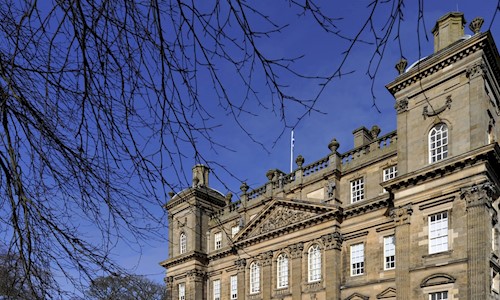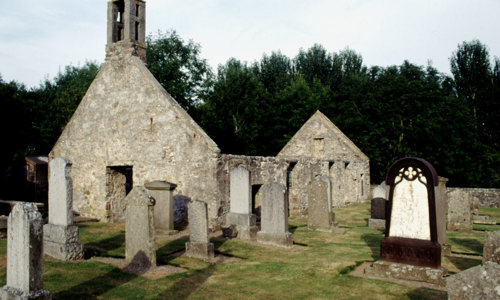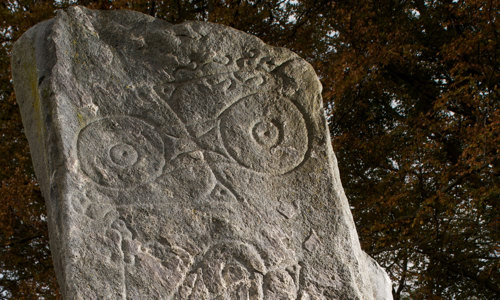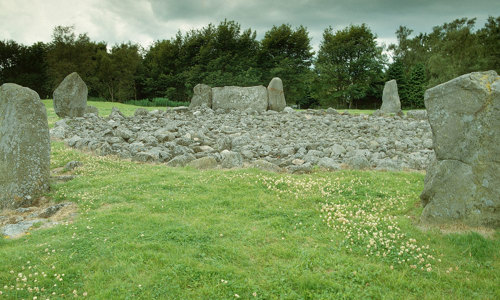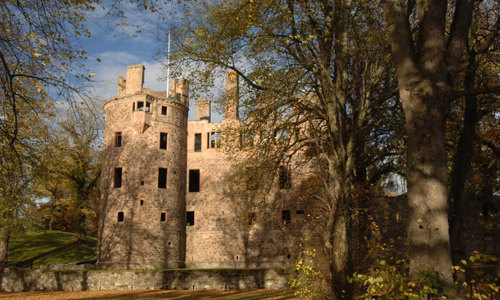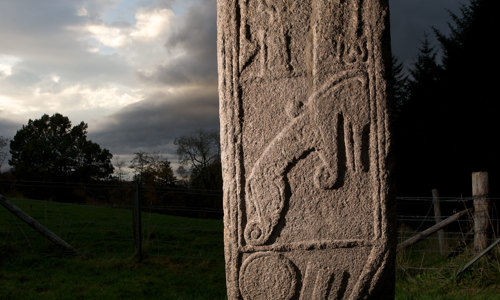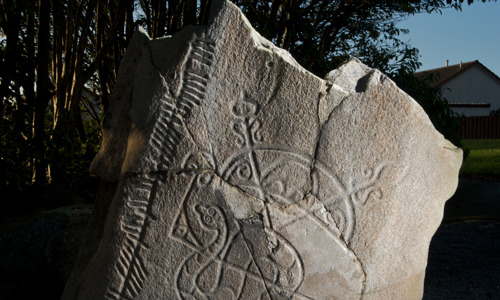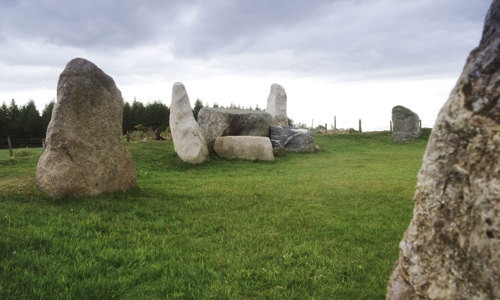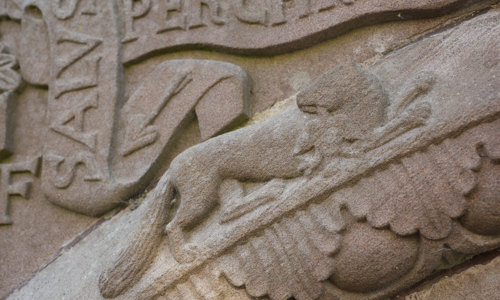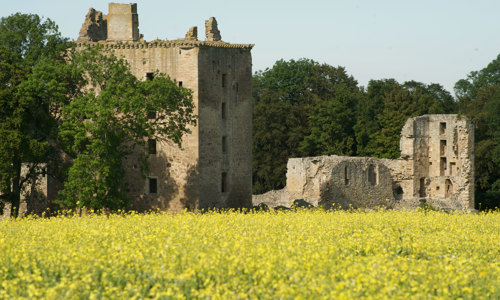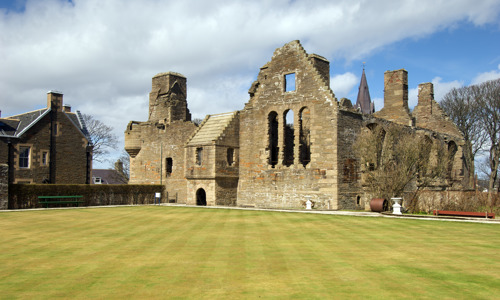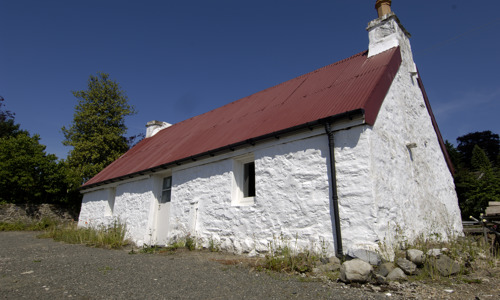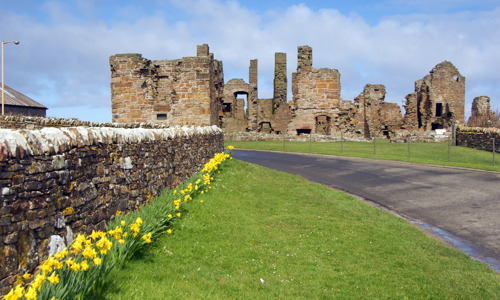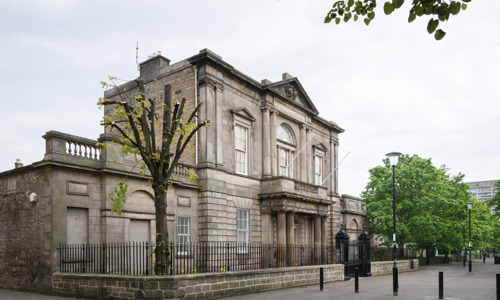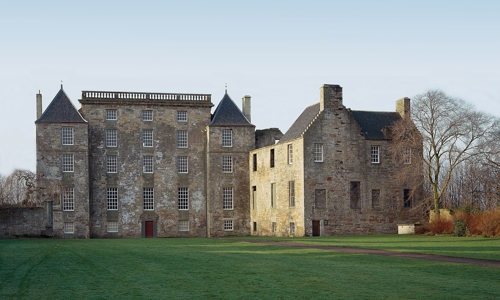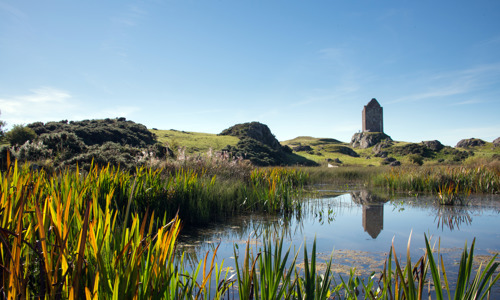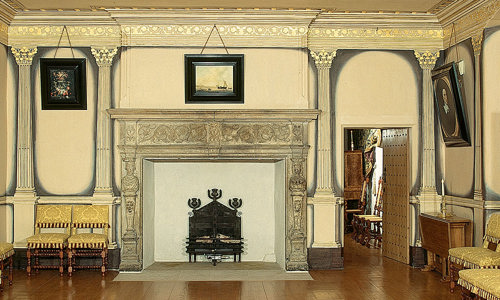History
Duff House was a hugely expensive project – and a giant status symbol. But the cost of the build was Duff House’s undoing, as client and architect fell out over money.
Duff House was intended as the chief seat of William Duff, Lord Braco (later 1st Earl Fife). The astute businessman and politician wanted not only to succeed, but also to be seen to succeed.
Architect William Adam rose to the challenge by designing an ambitious baroque mansion. Work began in 1735, with elaborate carved details mostly produced in Adam’s own stoneworks in Queensferry.
Work stopped in 1741, long before the interior was finished. Copies of Adam’s original plans for the house hang in the study. These show the grand curved east and west wings that were never built.
A bitter five-year court case found in favour of Adam. But he died before he could recoup the debt owed to him. Lord Braco felt so let down by the result that he never slept a night in the house. It was left to his heirs to complete the work.
The grounds around Duff House were laid out in the late 1700s and early 1800s with carriage drives, walks and ornamental buildings.
Interior splendour
Six staircases act as vertical corridors. A great salon and drawing room on the second floor were used for formal entertaining. The rooms most often used by the family are those on the first floor.
Many rooms have 18th-century decorative features and some original paint schemes have been restored. As noted art collectors, the 2nd and 4th Earls Fife filled the house with paintings, books and other treasures.
The contents were sold when the family gave up Duff House in 1906. But the collections on display today give a good impression of how the house looked in its heyday.
The collections
You can see important works of art, mostly from the National Galleries of Scotland collection, throughout the house.
Highlights include works by:
- El Greco
- Gainsborough
- Raeburn
- Ramsay
- Etty
Contemporary art is also exhibited at Duff House. Other paintings, and much of the furniture, china and books on display, come from the collections of the Erskine family of Fife.
The Duff House library holds more than 4,000 books, including some very important individual items.
War and peace
By the turn of the 20th century, the Duff family had married into the royal family and no longer needed Duff House. It was gifted to the nearby towns of Banff and Macduff in 1907.
The house was adapted for use as:
- a hotel (1911–13)
- a sanatorium for the ‘scientific treatment of disorders of nutrition’ (1913–23)
- a hotel, again (1923–8)
Many of the larger rooms were subdivided and the house lost a lot of its grandeur.
During the Second World War, Duff House was used as:
- an internment camp
- a prisoner of war (POW) camp
- the headquarters for various Allied regiments
In 1940, a bombing raid by the German Luftwaffe killed six German prisoners and two guards, injuring others and damaging the house.
In 1942, Duff House became the headquarters for the Norwegian Brigade. After the war, it was a base for Polish soldiers awaiting resettlement in Scotland. Evidence of their time here remains, in stencilled Polish signs and a painted Norwegian flag.
By the 1950s, the house had fallen into disrepair and was taken into state care. An extensive programme of restoration included skilled restoration of many original features.
Duff House reopened in 1995 as a country house gallery, in partnership with National Galleries of Scotland and Aberdeenshire Council, following extensive conservation and restoration.

